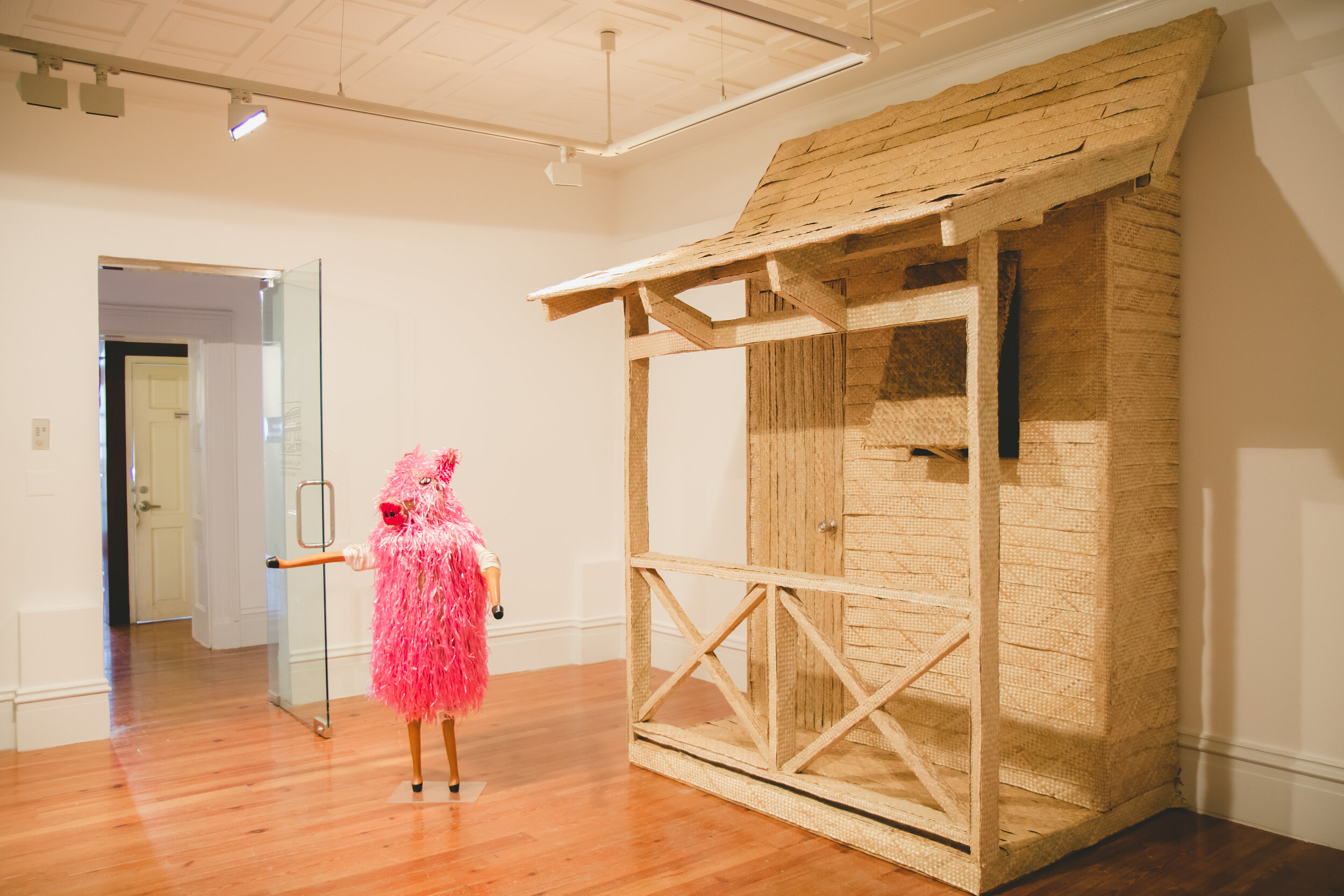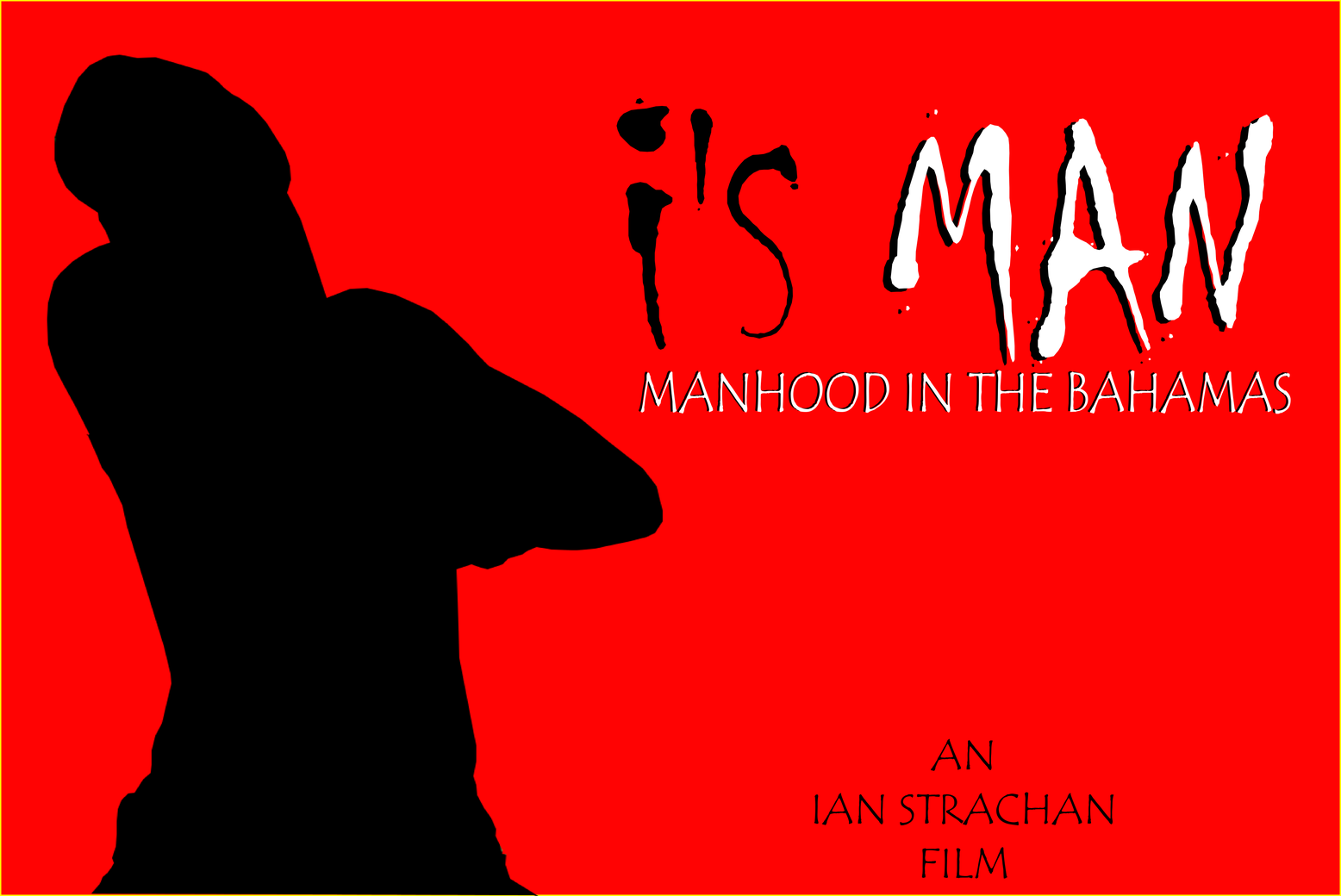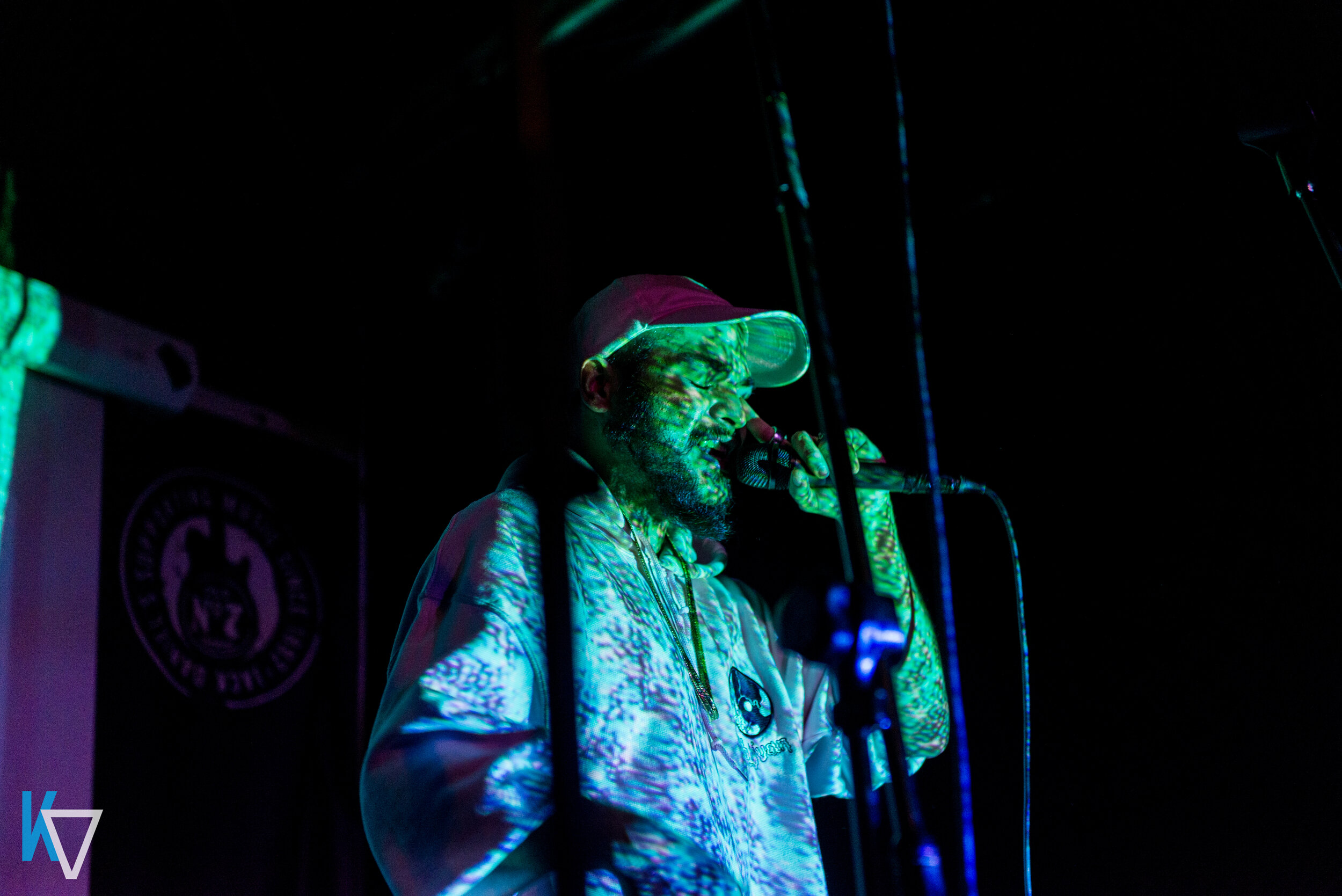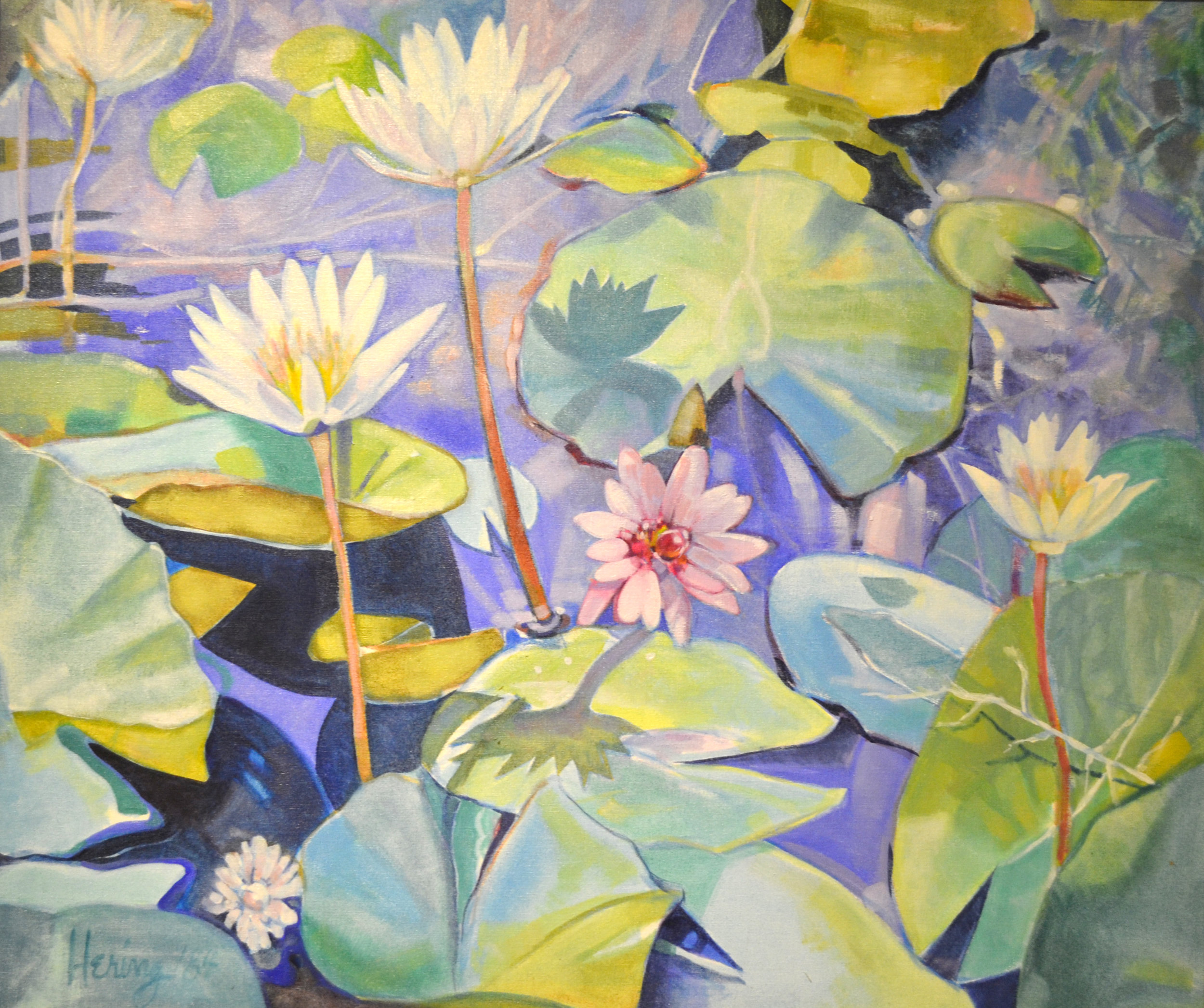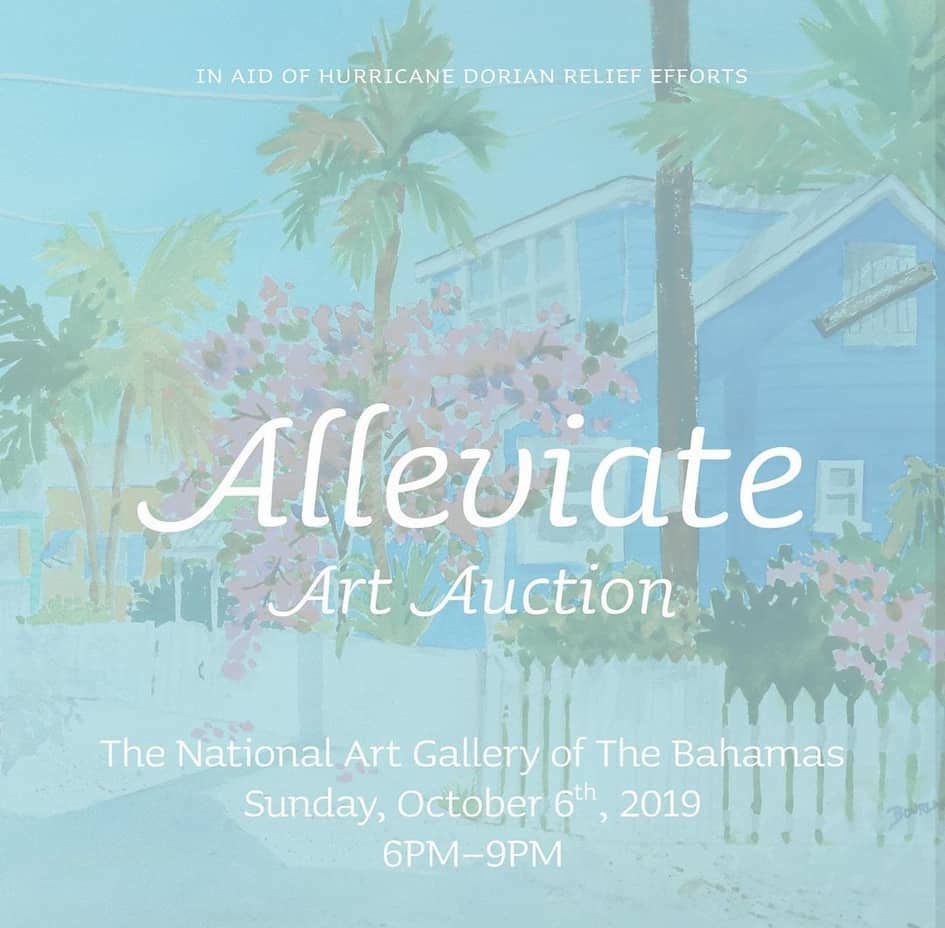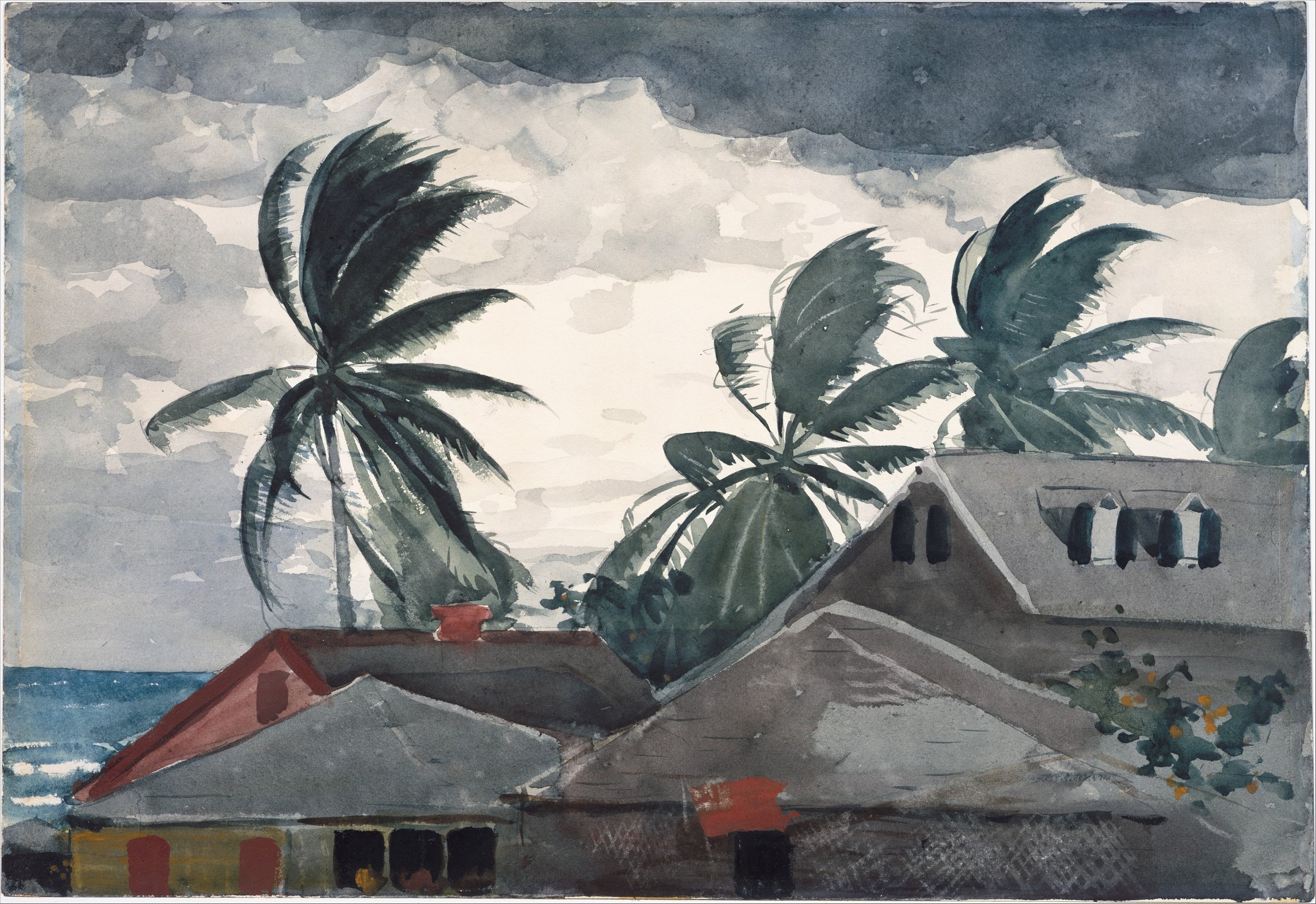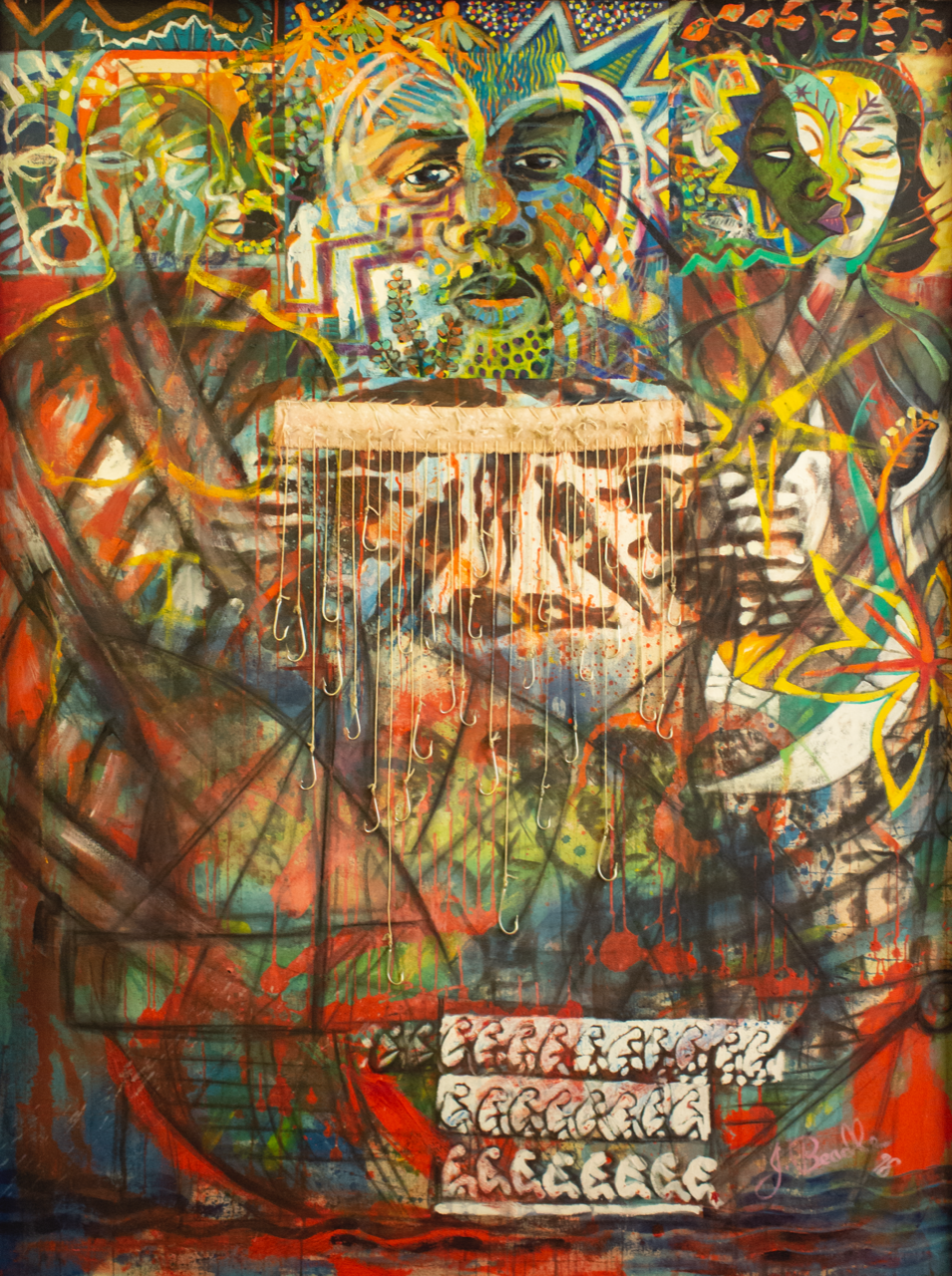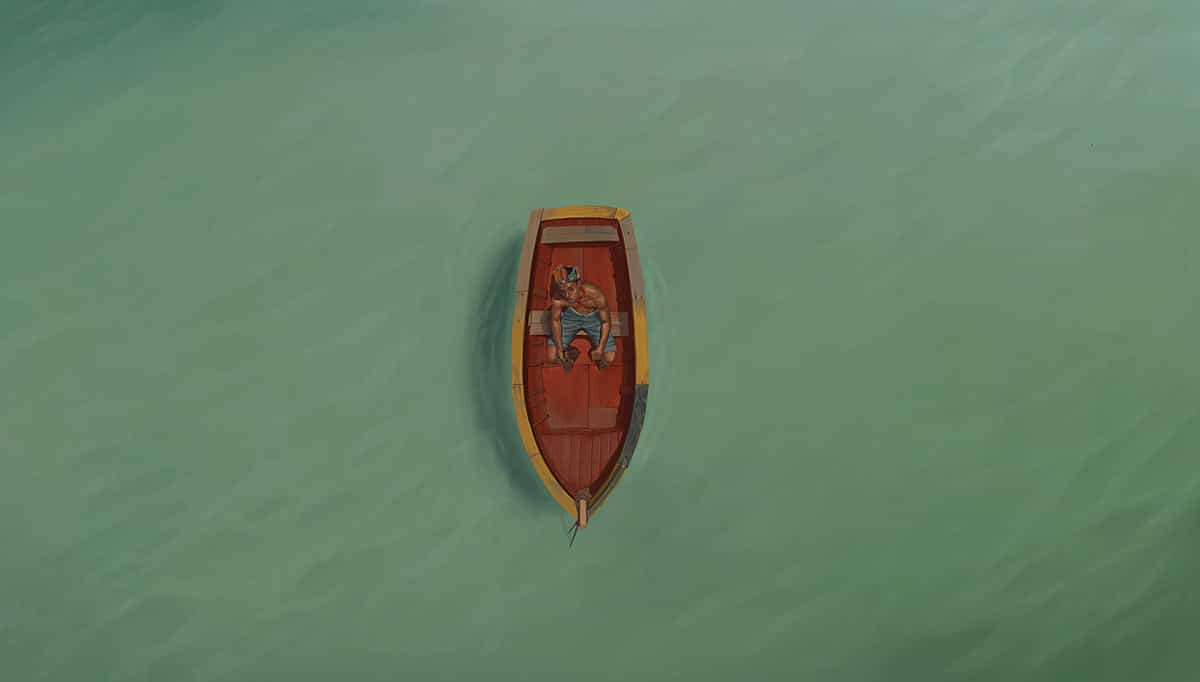By Natalie Willis. Averia Wright’s “The Straw Paradox: The Pig That Built His House of Straw” is something of a paradox in the name itself. Straw work in The Bahamas is a bit of a misnomer – it isn’t really “straw” in the Western traditional sense at all. Our straw is not made of barley, wheat or things of that ilk at all, rather, it is a pale gold weaving made of Silver Top Palm. Wright comes from a family of straw market women, and has been plaiting her whole life.
Currently browsing: Editorial
I’s Man: Ian Strachan’s documentary on masculinity in The Bahamas captures the polemics of today’s ‘Man Crisis’.
By Dr Ian Bethell-Bennett, University of The Bahamas. English Social Sciences organised a screening and panel discussion of the film I’s Man at the University of The Bahamas on Wednesday, November 6th, at 6:00 p.m. The room was packed as students and faculty from sociology, psychology, English and the general public came out to discuss the current ‘man crisis’. The film captures perspectives from multiple angles that discuss the imagery of black masculinity and its descriptors from objectifying women in batty riders to murder for glory because of ego issues: the intersections of sexuality and socio-cultural and economic pressures conflate to conform to roles society perceives as normal and in turn normalises. If men do not consume women like that, something must be wrong with them. Much is documented in the film of the ways black masculinities are defined and controlled by a capitalistic, hegemonic racialised system that seeks to disempower through weaponised messaging and stereotyping. Meanwhile, the documentary reveals this underside.
No mud, no lotus
By Kevante Cash. When I think of Def Ninja’s latest project “anxiety 22”, I am reminded of Drake’s lyrics in the 2010 classic, “Fireworks”, that says, “From the concrete who knew that a flower would grow.” From a young boy forced to face the only constant truth about human existence – that which is death, Bahamian-British musical artist Kiron Hanna, otherwise known as Def Ninja, used writing as the antiseptic to nurse the wounds of his suffering, as the pen was the needle stitching flesh back together over and over again.
The Sea as Life: Cargo and VLOSA
By Dr. Ian Bethell-Bennett, The University of The Bahamas. It is the Visual Life of Social Affliction that speaks out against silence imposed over death. Undocumented death. If one lives an undocumented life, does one die an undocumented death?
The sea as life
One is buoyed on by levity, not dropped like a lead weight to the bottom of the sea, where there are souls that link from Africa to the New World and back again. These disembodied figures, souls linking lands, the submarine link, or submerged mother of Edward Brathwaite’s creation bind us together. They travel up from Haiti through the Ragged Island passage to northern shores. This is life suspended in a watery elixir of death and blue green beauty: the irony of nature.
Peggy Hering’s “Lilies” (1984): On Being Both Student and Teacher
By Natalie Willis
The Caribbean is in many ways a place of and for the nomadic. There is an irony then in the way that American artist Peggy Hering found herself referencing Claude Monet’s water lilies with her own “Lilies” (1984), which were painted at his home for the last 30 years of his practice. The jarring difference between those seemingly shifting, moving art makers, and those who stand stock-still devoting time to the exact opposite which is the enduring, is all presented to be considered in Hering’s dreamy landscape. Some may be familiar with her work gifted to us from the FINCO commissions of scenes Over-the-Hill, but Hering and her work are a little elusive for those of us who weren’t around in Nassau in the 70s and 80s when Hering lived here. This gem in the Dawn Davies Collection is a good departure point for probing into the life of this expatriate artist.
Adaptability & Draughts(woman)ship: Kachelle Knowles Builds a Practice of Representation That Takes Action
By Natalie Willis. We are not used to seeing ourselves outside of the lens of tourism as Bahamians. This is troublesome for a newly-independent nation not yet 50 years old, and with 200 years of tourism weighing in above our heads. The decolonial work of imaging ourselves as Bahamians (particularly as Black Bahamians) is slow-going but gaining more visibility. The representation for many of our Black non-Bahamian people of this nation is in a more dire state. These observations and lines of questioning are brought to the forefront in Kachelle Knowles’ delicate and tenderly draughted portraits of the Black Bahamian man in her body of work for “Bahamian Man Since Time,” which recently closed in the NAGB’s Project Space. In the aftermath of Hurricane Dorian and its painful shifts and turns – and in the museum’s efforts to respond appropriately to hurricane efforts, we wanted to share some words on the exhibition as it became the site of a donation centre for Equality Bahamas and Lend-A-Hand Bahamas. These works were the backdrop to so many of your efforts to assist and to be supported.
Hope Is All Around Us
Bahamian and Caribbean artists from all genres are coming together to uplift The Bahamas through hurricane relief efforts post-Dorian.
By Kevanté A.C. Cash, NAGB Correspondent. It seems as though visual artist and muralist Angelika Wallace-Whitfield may have been foreshadowing with her Ninth National Exhibition (NE9) public art project: “Hope Is A Weapon.” During these trying times, the words that the artist penned to elaborate on the work finds us at a convenient moment and feels all too real. Much like the pressing issue placed on the backs of our nation’s leaders, Bahamians who have not been severely affected by the storm and the global world who is watching.
Traditional Knowledge Living in the Tropics: Respecting Lifeways
As Dorian’s wake remains with us, do we have time to consider the indigenous, traditional knowledge of the Abacos? Abaco, similar to Inagua and Crooked Island in the south, and even Bimini in the North, has dealt with its share of natural disasters and man-made shocks. Its people are deeply connected to their lifeways and arts.
We Live at the Undersides
Resilience in the era of climate crisis and finding the fraternity in loss after Hurricane Dorian. Two years ago, I wrote an article on the impact of Hurricane Irma on the loss of cultural material and the devastation of the landscape, lamenting the single death we sustained here, how we “lost two cultures that day”. I spoke about how many of us, in light of the nature of our dotted, disparate geography, felt the smallest sigh of relief that the more inhabited islands of New Providence and Grand Bahama were not hit, though it did little to soothe the loss of life and property in the Southern Bahamas. This year, I write about another Category 5 storm. This year I write about such heart-piercing loss of life that it’s hard to contemplate how much material loss there is. This year, I write about what happened to one of those “more inhabited” islands, the island I have called home for most of my life, and how the culture and people I grew up with Grand Bahama are underwater, and Abaco all but washed away.
Climate Refugees: On Becoming Climate Refugees or Building Back Differently
By Dr Ian Bethell Bennett, The University of The Bahamas. After hurricane Irma hit Ragged Island in 2017 that island was declared uninhabitable given the loss and damage to this small island in the Southern Bahamas. The community was told it would be the first green island in The Bahamas. From this tragedy, grew an initiative to explore how we could rebuild better and retain the lifeways of the small community on Ragged Island. “Hot Water” was an exhibition under the wider project of the Double Dutch series at the National Art Gallery of The Bahamas (NAGB) in August 2018 that drew on best practices and the work and ethnographic research conducted on the ground in Ragged Island by faculty and students of the University of The Bahamas and members of the arts collective Plastico Fantástico. The work has continued on the project, yet government’s words have vanished into a boiling sea of tsunami waves. The art of living in the tropics was some of the writing derived from the research and documentary that supported the show. We find now that the art of living in the tropics has continued and needs to be a sustained topic of a dynamically changing conversation: how do we retain life in the tropics, become refugees to climate change and flee the islands we inhabit? As the sea levels rise around barely sea-level islands, we face new threats to our existence. As the climate crisis advances, which includes rising temperatures as well as more severe storms, we see the increase in hurricanes or mammoth storms that come through annually during hurricane season.
